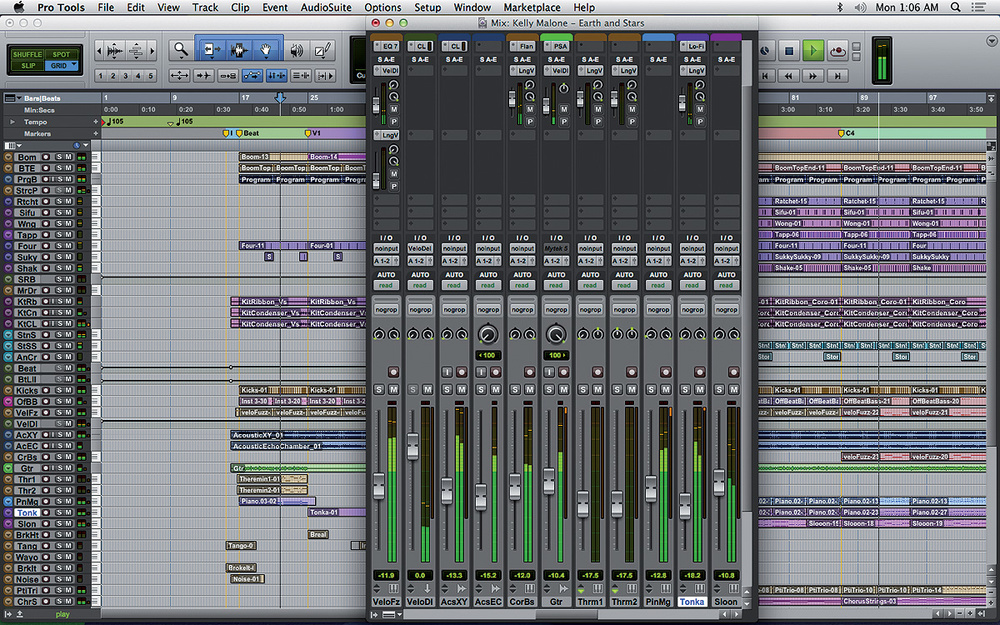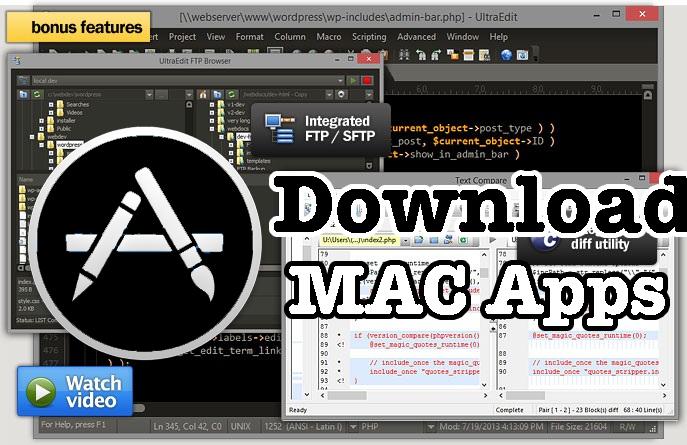
This is an excellent way to ensure your program is always up to date while bug fixes are made along the way. The advantage to both types of subscriptions is that the user is eligible for all of the upgrades and tech support included with their subscription. In addition to the perpetual license, there are two new ways to lease Pro Tools either on a monthly basis or an annual subscription basis. Don’t let the word license scare you it still is a one-time purchase.

Just like before, Pro Tools can be purchased or upgraded outright, which is called a perpetual license. I am pleased to say that Avid’s latest version of Pro Tools, 12.3 includes some of the most helpful improvements yet.Īvid now offers its most flexible pricing ever for Pro Tools 12 - there are three different ways to purchase or upgrade.

My first thought was, “Oh no, what am I going to do with the 2 extra tracks?!” Fearing the worst, my second thought was, “Oh shit, I bet this thing no longer does crossfades and I will have to use those two extra tracks to “ping pong” from one set of tracks to the other for fades.” Thankfully, I quickly realized that not only could Pro Tools 1.0 do crossfades, but it could do a lot more, including revolutionizing the entire audio industry.ĭuring my long history of working on Sound Tools and Pro Tools, I have seen all of the advancements with the software firsthand. We purchased the first available version of Pro Tools and launched the new version to discover that there were now 4 audio tracks instead of 2.

(See my History of Audio Post here.)Ī short time later, Pro Tools was introduced and everyone at the studio thought it was simply an upgrade to Sound Tools but with a different name. I took to it like a fish takes to water since I was already using computers, MIDI sequencers and drum machines - even replacing chips in drum machines - which is fitting since that is how Peter Gotcher and Evan Brooks started Digidesign back in 1984. Since I did so many ¼-inch tape edits, the studio manager was forward thinking enough to introduce a new 2-track digital editing system by Digidesign called Sound Tools. Back then we used ¼-inch analog tape with a razor blade to physically cut the tape. In 1990, I was working at a music studio where I did a lot of cut downs of 60s, 30s, 15s and 10s for TV and radio commercials.


 0 kommentar(er)
0 kommentar(er)
